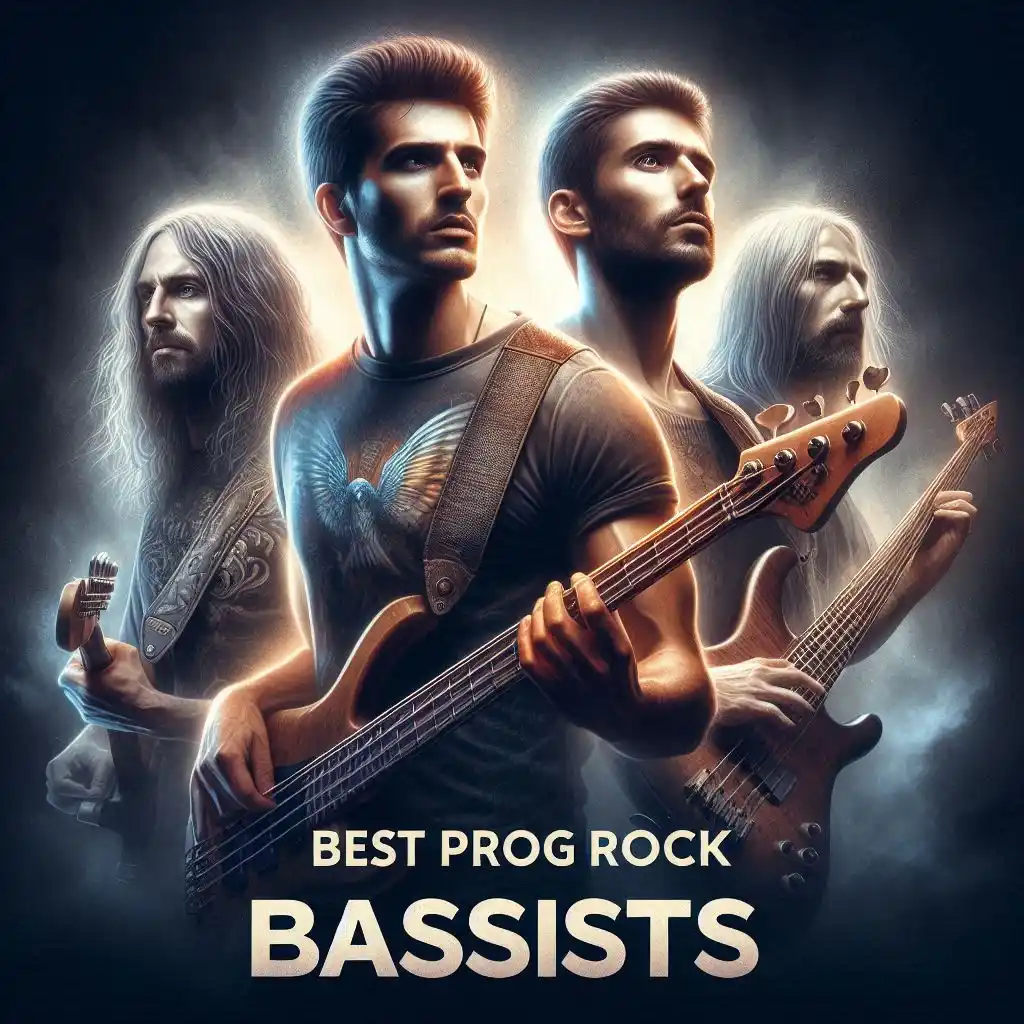
7 Best Prog Rock Bassists
Let’s face it, when it comes to music, especially the intricate layers of progressive rock and metal, the bass guitar isn’t just an instrument; it’s a foundation, a force.
But who are the true titans of the bass guitar in the progressive music scene?
1. Geddy Lee (Rush)
Hailing from the land of maple syrup and ice hockey, Canada’s Geddy Lee stands tall among bass legends. As the frontman of Rush, Geddy’s bass lines are nothing short of melodic masterpieces. Songs like “YYZ” and “Tom Sawyer” boast of his dexterity on the bass.
2. Chris Squire (Yes)
The great Chris Squire of Yes was more than just a bassist; he was a sonic architect. With his trademark Rickenbacker bass, Squire’s bass lines in tracks like “Roundabout” and “Heart of the Sunrise” exhibit a perfect blend of rhythm and melody. His tone, often mimicked but never replicated, is a hallmark of Yes’s sound.
3. John Myung (Dream Theater)
Soft-spoken yet monstrously talented, John Myung is often dubbed as the silent warrior of Dream Theater. His influence spans from classical to hard rock, creating a style that’s both melodic and robust. Tracks like “Metropolis Pt. 1” and “The Dance of Eternity” are testimony to his unmatched prowess. With his 6-string bass, he not only lays down the foundation for the band’s intricate songs but also complements the often complex melodies, proving that bassists are not just background players.
4. Tony Levin (King Crimson, Peter Gabriel)
Tony Levin isn’t just a bassist; he’s an innovator. Known for his work with progressive rock mammoth King Crimson and legendary artist Peter Gabriel, Levin has introduced instruments like the Chapman Stick to the mainstream. This man’s resume is a testament to his versatility, playing everything from funk to hard rock.
If you’ve listened to Gabriel’s “Sledgehammer” or King Crimson’s “Frame by Frame,” you’ve experienced the magic of Levin’s touch. His playing style, often characterized by unique tapping and slapping techniques, has inspired countless bassists.
5. Justin Chancellor (Tool)
When you think of bass lines that send shivers down your spine, Justin Chancellor of Tool comes to mind. Joining the band in 1995, he became an essential part of Tool’s unique sound. Chancellor’s work on tracks like “Schism” and “Forty-Six & 2” showcases his ability to create atmospheric soundscapes.
Unlike many bassists, he often takes the lead in Tool’s compositions, weaving in and out of Maynard James Keenan’s haunting vocals and Adam Jones’ piercing guitar work. Outside of Tool, Chancellor has showcased his versatility, collaborating with an array of artists and diving into various side projects.
6. Colin Edwin (Porcupine Tree)
Porcupine Tree’s soundscape, filled with atmospheric layers and melancholic vibes, owes a lot to Colin Edwin. His fluid playing style has an uncanny ability to bridge the gap between the rhythmic drum patterns and the sweeping guitar sections. Songs like “Blackest Eyes” and “Trains” highlight his melodic approach. Edwin, with his fretless bass, introduces jazz elements into the progressive rock domain.
7. Jonas Hellborg
Jonas Hellborg is not just a bassist; he’s a global musical explorer. With a career spanning over four decades, Hellborg’s collaborations range from working with guitar virtuoso Shawn Lane to Indian music legends like Ustad Zakir Hussain. His approach to bass melds techniques from different musical traditions, creating a unique blend that’s rhythmic, melodic, and sometimes downright experimental.
These bass maestros, with their unique styles and musical visions, have elevated the role of bass in progressive music. They’ve showcased that the bass guitar, often in the background, can be as expressive, dynamic, and vital as any other instrument.
